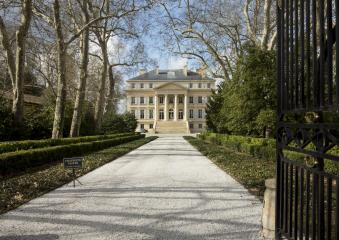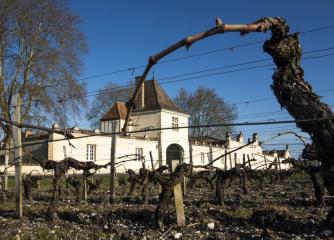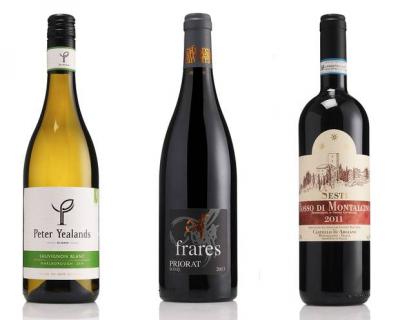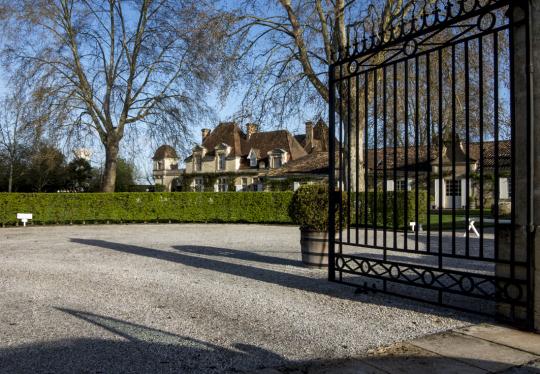From Claret to Clarity
POSTED ON 21/03/2015It was inevitable that Robert Parker, the world’s most influential wine critic, would bow out of reviewing the new bordeaux vintage. Last month’s announcement in London that he was hanging up his spittoon in favour of Neal Martin, a younger British member of his team at The Wine Advocate, had the Bordelais chewing their fingernails. Not least because after three average-quality vintages, this is a crunch year for bordeaux.

Ever since he earned his stripes with his accurate assessment of the great 1982 vintage, Parker’s 100-point ratings have been hugely, sometimes disproportionately, influential. Some château owners have even adapted wines to the Parker taste for richness and power while his ratings have had investors clamouring for the tiny number of wines that achieve a 100 point, or close, score.
The fresh breeze now blowing through bordeaux is likely to mitigate Parker’s excessive influence in setting prices for the new vintage. It should give more affordable, approachable bordeaux styles from countries such as Australia and Chile a fairer crack of the whip. On the secondary market, Parker’s withdrawal is likely to put bordeaux under greater pressure from burgundy and elsewhere.

This is all the more significant in the light of the 2014 bordeaux vintage review soon to take place. With so much stock piled high, the bordelais are desperate to see the 2014s move out of the cellars quickly. In what looks to be a good to very good vintage, they have a major opportunity to win back the friends they lost after the excessive pricing of previous vintages. Most observers believe they need to revert to reasonable prices, but whether or not they take that opportunity remains to be seen.
In this period of transition, bordeaux is still producing, and will continue to produce, deliciously drinkable, even relatively affordable reds. I suggest avoiding the plethora of humdrum supermarket clarets and paying a little extra for higher quality red, even if that makes it more of a weekend and special occasion treat.

At the relatively affordable end of the spectrum, the 2009 Petit Manou, £10.95, Wine Society, shows bright, modern, blackcurranty fruit, while Corney & Barrow’s youthful 2010 Réserve Claret, £11.95, displays the cedary aromatics, fine texture and fruit purity of a great vintage. From the fine 2009 vintage, Château Castera, £22, Borough Wines, is a delicious mouthful of cedary oak and seductively ripe cassis fruitiness.
Splash out a bit and the 2008 Château Labégorce, Margaux, £27, Sainsbury’s, displays succulence of cassis fruit with subtle supporting oak and savoury freshness, the 2008 Château Cambon la Pelouse, £20, Oddbins, cedary, stylish and long on berry fruit juiciness, while the 2008 La Parde de Haut-Bailly, Pessac-Léognan, £28.95, Lea & Sandeman, is a humdinger of ripe dark fruit, smooth texture and stylish balance.
 Something for The Weekend
Something for The Weekend
Night In
2014 Peter Yealands Sauvignon Blanc, Marlborough, New Zealand
Fresh new-mown grass and elderflower scents draw you into this new vintage Marlborough sauvignon blanc while its pungent gooseberry and passion fruit flavours are complemented by a mouthwateringly zingy finish. £7.50, down from £10, until Tuesday, Sainsbury's.
Dinner Party
2013 Frares Priorat, Marks & Spencer
Bright and aromatic, this youthful Catalan red from Priorat is full of the fragrant joys of concentrated, ripe blackberry fruit whose classic power and muscular vigour is moderated a refreshing damsony bite on the finish. £11, down from £13, marksandspencer.com.
Splash Out
2011 Sesti Rosso di Montalcino, Tuscany
This is a delightful sangiovese with herbal-scented, silky-textured ripe sweet and sour cherryish fruit balanced by subtle oak and a deliciously savoury freshness on the finish. £18 - 23.50, Secret Cellar, Tanners, AG Wines, Exel Wines, Good Wine Shop.


